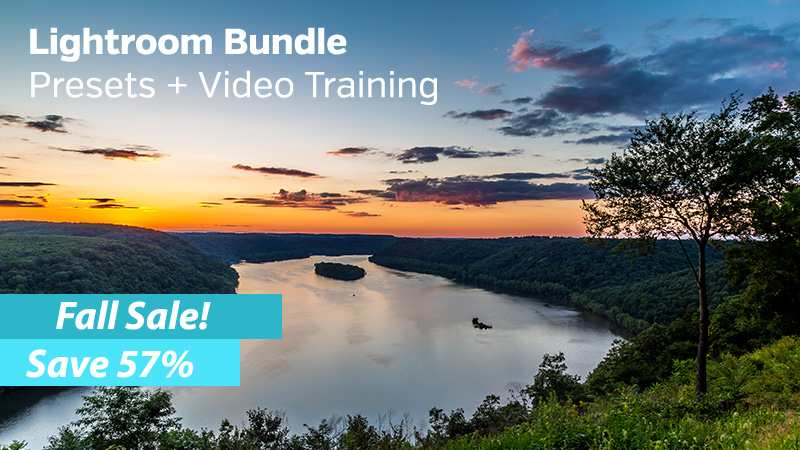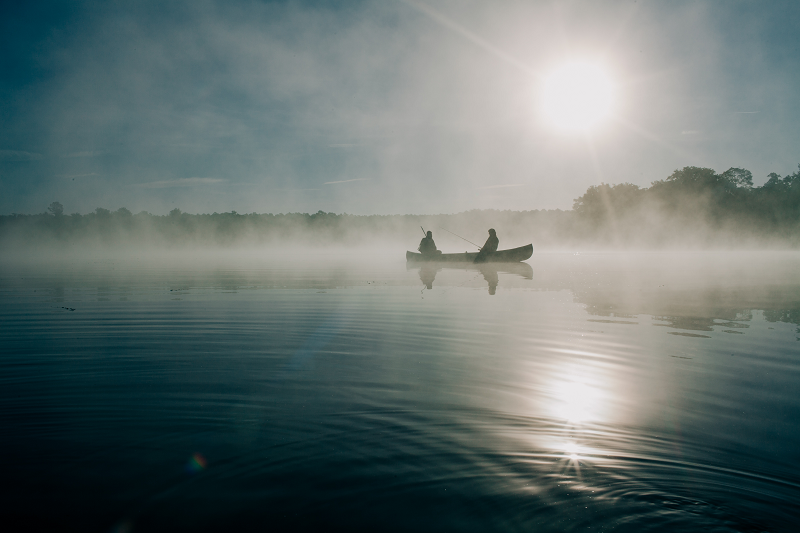
Photo by: Ravi Pinisetti
Nothing adds a sense of mystery and drama to a landscape quite like a misty morning.
The heavy fog that arrives seemingly out of nowhere can completely transform a landscape; giving an entirely different feel to even familiar locations.
While it’s easy to shy away from different lighting conditions, learning to work with mist and fog can help you to capture some truly spectacular images –ones with an ethereal, almost otherworldly feel to them.
If you’re willing to venture out early and make the most of the fleeting morning light, here are a few tips that can help you capture all of the beauty of a foggy morning.
When to Go?
The most predictable fog usually appears in the early morning hours. Unless you happen to have some unexpected fog crawl in late in the afternoon, the early morning hours are generally your best opportunity. Of course, this means getting up early and arriving on scene early to ensure you get the most time before the mist burns off. Keep in mind that fog appears when the temperatures fluctuate, like when the morning sun comes up. To increase your chances of going at the right time, be sure to check the weather forecast. You’ll want to look for a clear morning following an especially cold and clear night.
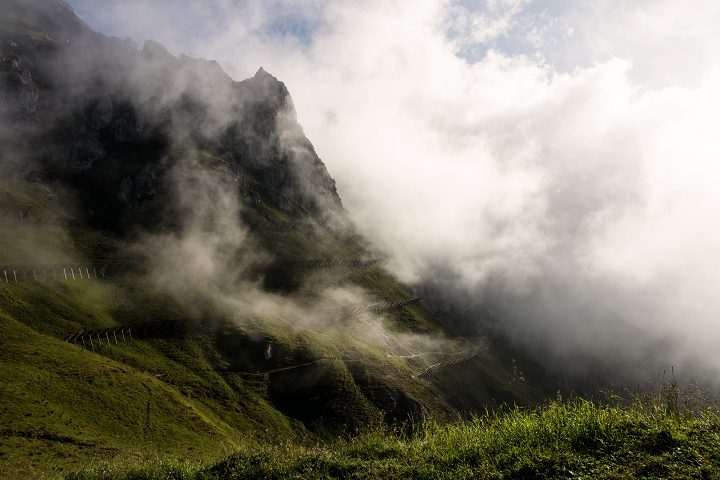
Photo by: Christian Löhner
Where to Go?
The next step in capturing fog or mist is trying to determine where it will be. While notoriously unpredictable, your best option is to use your local knowledge to try to find an area that often tends to mist over. Valleys and bodies of water are often good places to find mist. You’ll also want to consider your vantage point –a view from the top of a hill or somewhere overlooking a valley –or even a place with wide-reaching views over fields is are all great options for capturing misty landscapes.
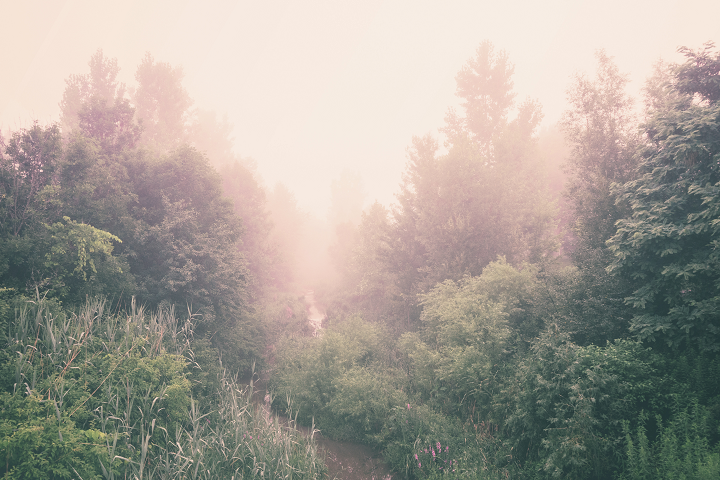
Photo by: Scott Webb
Consider the Lighting
Misty mornings tend to vary considerably in terms of available light. Some mornings present beautiful lighting conditions that are easy to work with, while other days the fog can be thick –blocking out much of the light. Fortunately, the lighting conditions often change quickly when fog is present and if you wait just a bit, there’s a good chance that some of the cloud cover may lift, giving you a golden opportunity to capture your foggy morning images. In many cases, the fog can even act as a soft box, giving you softer light that is even more appealing when the sun’s rays stream through.
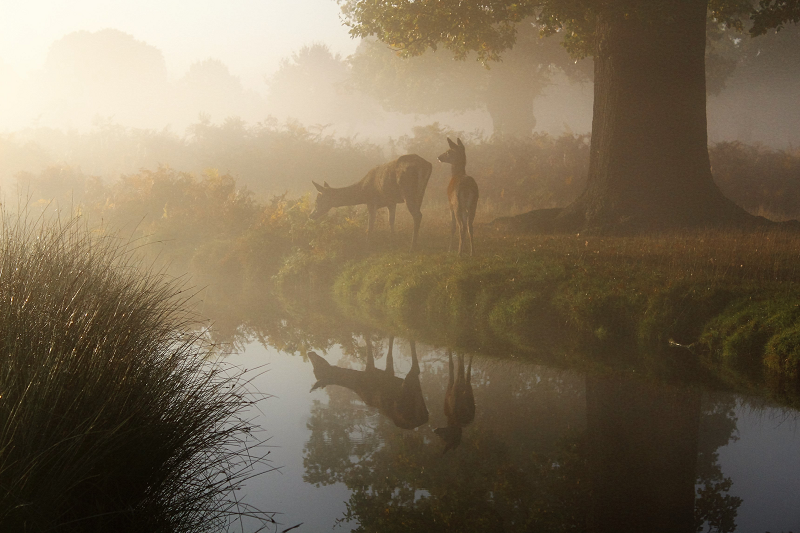
Photo by: John Royle
Composition
Don’t neglect your composition! Keep in mind that while the fog can add a beautiful feel to your landscapes, it will rarely be the focal point itself. Try to find a good point of interest that you can use as your main focal point, and then look to apply the usual compositional rules as well.
Here’s a look at a few tips for composing exceptional foggy images.
- Leading Lines
Leading lines can be fun to work with in the fog. You can look to capture leading lines that disappear into the fog, helping to give your images a sense of depth and mystery.
- Silhouettes
Fog can emphasize shapes and silhouettes; giving you a perfect backdrop for capturing them. Position yourself so that you’re shooting with the sun behind your subject to create a silhouette effect.
- Look for Details
You should also pay special attention to details that could help add some interest to your images. Look out for details that may seem insignificant. Shrouded with mist, they could take on a beautiful, mysterious feel.
- Light Rays
Foggy conditions can make for a great opportunity to capture light rays. As the sunlight streams through the fog, you can incorporate them into your images.
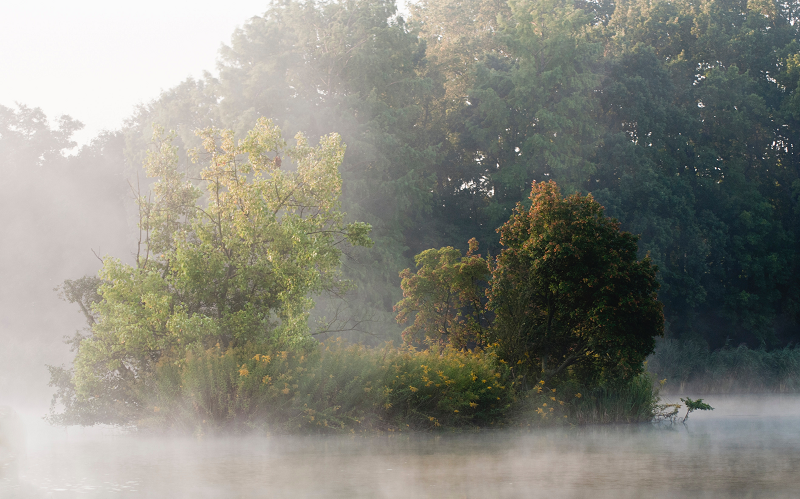
Photo by: Csaba Talaber
Equipment
It’s important to keep your equipment in mind when you are shooting in foggy conditions as well.
- Lens Cloths
Condensation can wreak havoc on your camera or cause your lens and mirrors to fog up so be sure to bring along some dry lens cloths to help keep your equipment dry.
- A Polarizer
Polarizing filters can also be helpful. Since mist and fog is reflective, a polarizer can help to cut through some of the glare allowing you to create images where distant mountains and other far-off elements are sharper and clearer.
- A Tripod
Since there is less light available when shooting foggy conditions –especially if you’re shooting very early in the morning, you might want to use longer exposures. Using a tripod can help ensure you end up with a steady camera and clear image.
Camera Settings
Overly bright lighting conditions may cause your camera to underexpose the image. To prevent this, keep an eye on your camera’s histogram and consider upping your exposure by +1 or +2 when required. You’ll also want to consider shooting in RAW which will allow you to salvage images that aren’t exposed properly and give you the most flexibility in post-processing later on.
While mist can be a bit of a challenge to work with, it can also be a tremendous opportunity for creating some amazing images. So plan ahead and head out early. Soon you’ll be rewarded with some exciting images that showcase the beauty of the land shrouded in mist –with a mysterious and otherworldly feel that’s all their own.
Do you enjoy capturing foggy day images?
